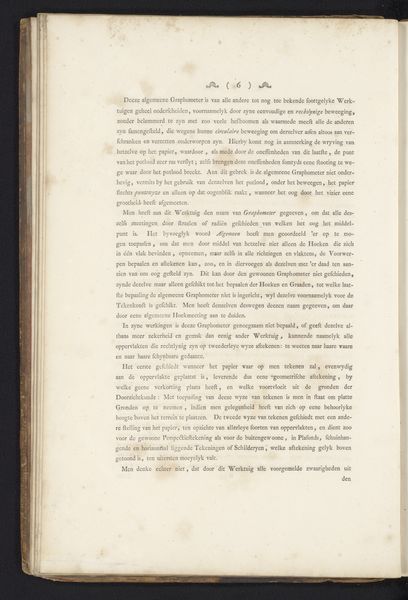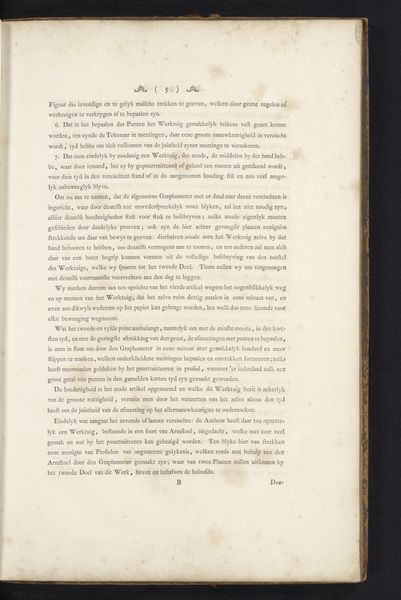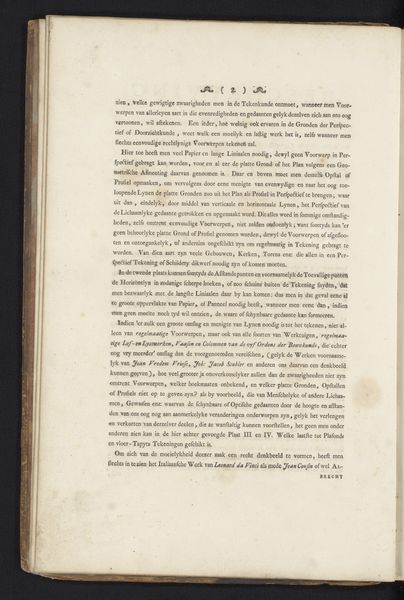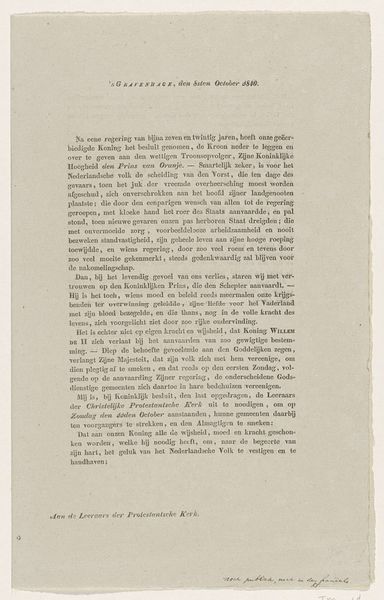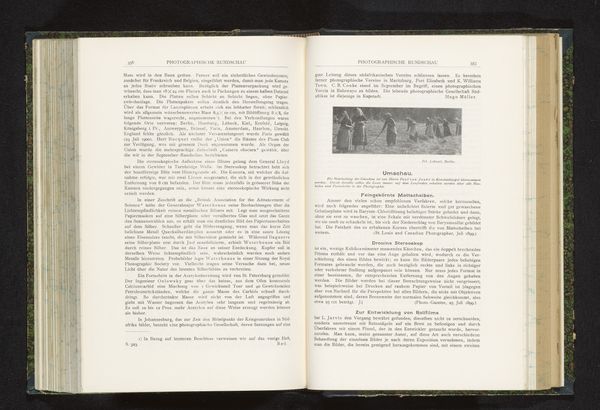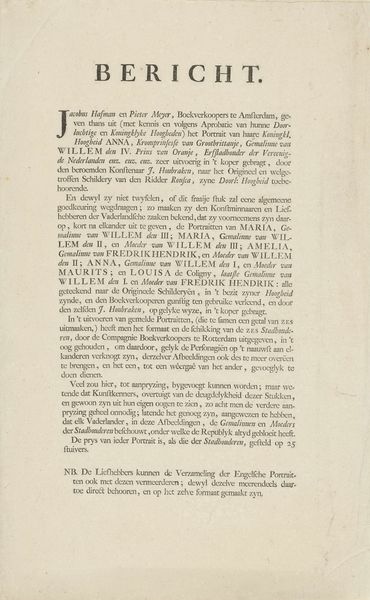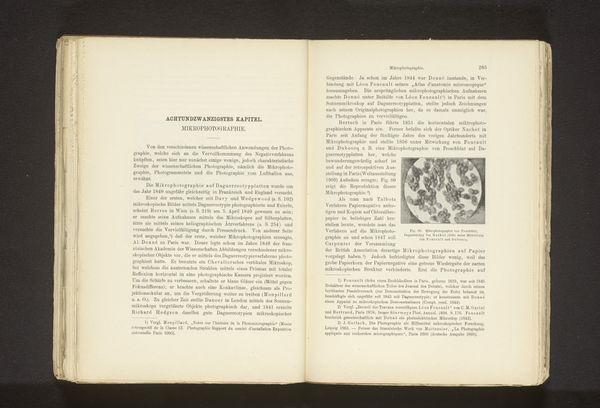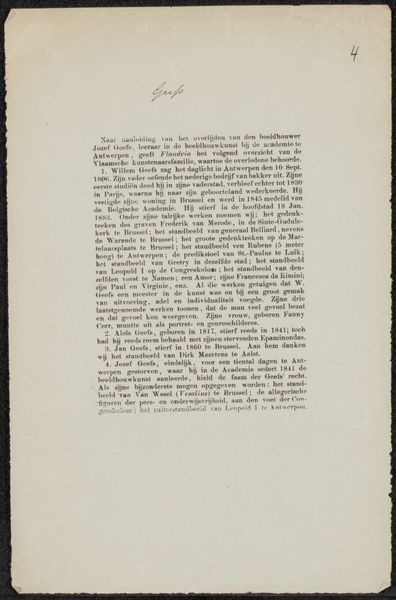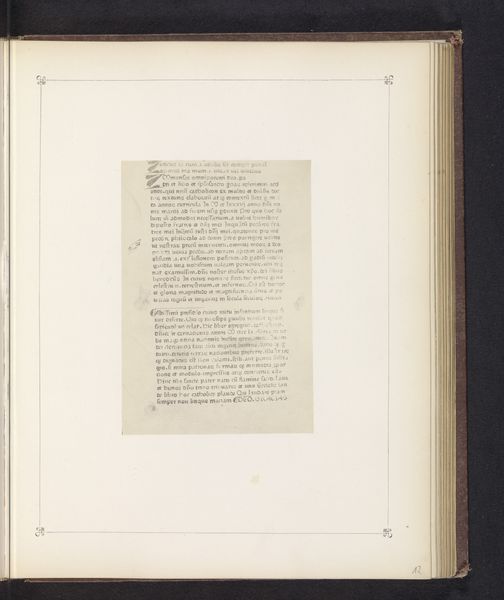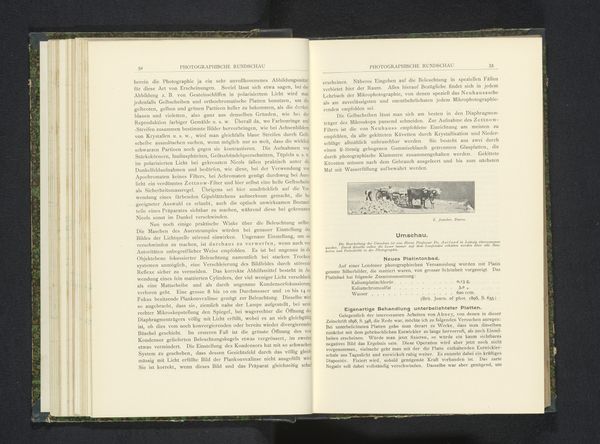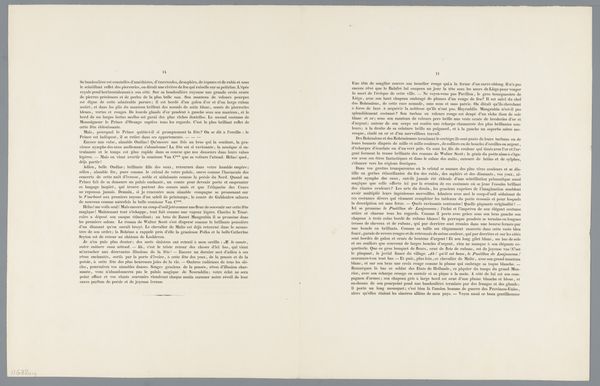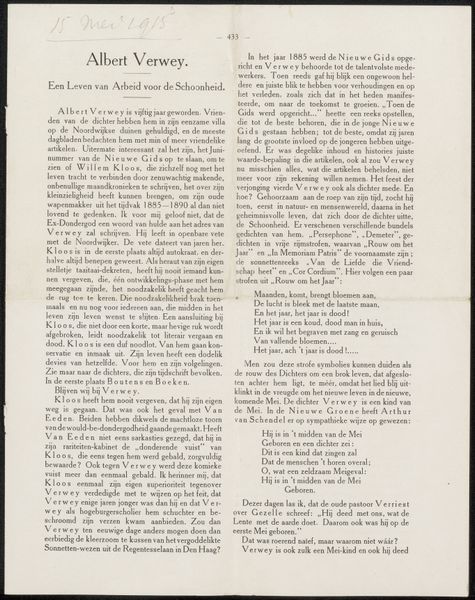
Beschrijving van het nut van de grafometer, pagina 9 van 10 1777 - 1778
0:00
0:00
print, paper, typography
# print
#
paper
#
typography
#
calligraphy
Dimensions: height 510 mm, width 330 mm
Copyright: Rijks Museum: Open Domain
This is page 9 of 10 from ‘Description of the Utility of the Graphometer,’ made by Antoine George Eckhardt around the late 18th century. It’s an example of engraving and letterpress printing – processes that enabled the widespread distribution of information and ideas during the Enlightenment. Engraving, in particular, was a highly skilled craft, requiring years of training to master the use of burins and other specialized tools. The precision and detail achievable through engraving allowed for the accurate reproduction of technical drawings and diagrams, which were essential for disseminating scientific and mathematical knowledge. Consider the labour involved in producing this page. From the preparation of the printing plates to the meticulous typesetting and printing, each step required skilled artisans and craftsmen. The rise of print culture was closely linked to the growth of a literate public, and the spread of knowledge beyond the elite classes. This page reflects a moment in history when the meticulous labor of craft intersected with the burgeoning forces of mass production, underscoring the democratizing potential of both.
Comments
No comments
Be the first to comment and join the conversation on the ultimate creative platform.
